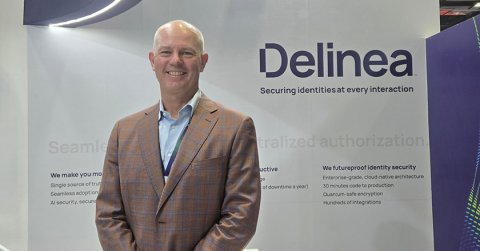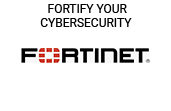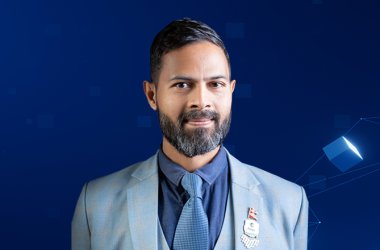
On day one of GITEX 2025, one theme dominated the conversations: artificial intelligence (AI) and its impact on business and security. On the sidelines of the show, Art Gilliland, Chief Executive Officer of Delinea, shared his perspective with Deepa V Narwani on how AI is transforming cybersecurity and what organisations can do to prepare for the emerging era of intelligent threats.
Gilliland noted that over the past four years, Delinea has undergone a significant transformation, which comes at a time when AI is reshaping every aspect of technology.
“There’s a lot of investment in AI, from our company and across the industry. What everyone’s realizing is that identity is one of the most critical areas where AI can be captured, controlled, and managed within an organization. That’s where we’re investing heavily,” he emphasised.
Gilliland described AI as both a catalyst and a disruptor. He said, “What’s fascinating about AI is that nobody knows exactly where it’s headed because everyone is still learning how to use it. We’re seeing companies leverage it to drive productivity and improve efficiencies. At Delinea, we’re integrating AI into our products to make them easier to use and more responsive.”
But he cautioned that AI is empowering both defenders and adversaries. “The enemy is also innovating with AI. Today, attacks are faster, automated, and more sophisticated than before. So, we have to fight fire with fire and use AI to also defend against such attacks. It’s the same cat-and-mouse game we’ve always played, just at super speed.”
When asked about the difference between generative and agentic AI, Gilliland used a practical example from Delinea’s own innovation roadmap.
“The first wave of AI was all about asking questions and getting answers faster; that’s what generative AI does. For example, the company developed Delinea Expert, which is trained on all our documentation and products. It functions as a virtual assistant integrated into our platform. You can ask it questions, upload log files, and it can assist in writing scripts. Since its launch, customers using it have contacted Delinea support 60–70% less. That’s a massive improvement in satisfaction and efficiency.”
In contrast, he highlighted that Agentic AI doesn’t just respond, it acts. It connects to data sources, makes contextual decisions, and can execute tasks autonomously.
“For customers, that might look like just another feature, but behind the scenes, it’s a huge leap forward. Many organisations are already developing these agents to make real-time, intelligent decisions,” he added.
According to the recent research from Delinea, while 94% of enterprises are investing in AI, fewer than half have the right security architecture to protect it.
“This happens with every new technology,” Gilliland explained. “The excitement to use it always outpaces the ability to secure it. The gap is concerning. What we’re focused on is helping customers close that gap, giving them tools and visibility to find where AI is being used and bring it under control.”
He emphasised that unsecured AI identities could become a significant vulnerability for cyber breaches. “When applications are given permissions or rights to make decisions, those apps become potential targets.”
Gilliland offered a three-step process for enterprises seeking to strengthen their defences in the AI age. The first step is to gain visibility by identifying where and how AI is being used across users, applications, and machine identities. Second, take control by prioritising high-risk applications and centralising their password and identity management, ensuring that credentials are not stored in exposed systems. Lastly, it is crucial to build governance and establish a policy and framework that defines how AI is deployed, secured, and monitored.
In conclusion, Gilliland highlighted that predicting the future of this digital transformation is quite impossible. “The pace of change is unprecedented. Just a year ago, ChatGPT dominated, but we didn’t standardise on its APIs. We adopted Anthropic’s MCP framework for connecting AI to data and applications. A year from now, that might look completely different.”
The key, he said, is adaptability. “You have to build flexible architectures because what you do today could potentially evolve in a few months. That means constant experimentation, investment, and learning. For enterprises, the first step is to establish a governance board. Step two is to ensure your systems are designed to pivot quickly.”
Image Credit: Delinea





